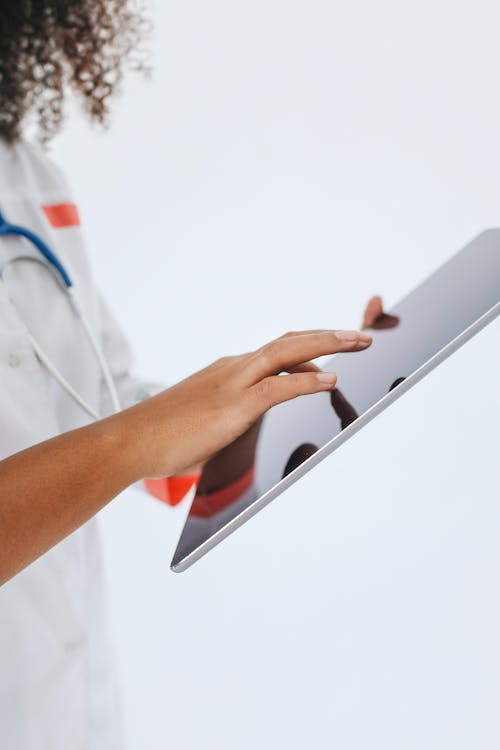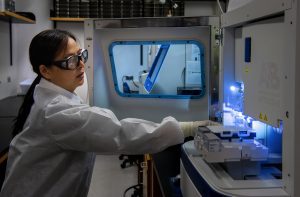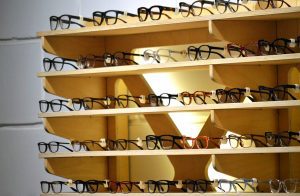Things To Consider When Buying A Temperature Monitoring System

Whether you’re trying to monitor temperature for a hospital, restaurant, or even in transit, there are a number of things you need to consider before buying a temperature monitoring system. Temperature monitoring systems can vary greatly in price and functionality, so it’s important to take the time to carefully evaluate all of your options before making a purchase. This guide will help you make informed decisions so that you buy the right temperature monitoring system the first time around!
Where to Start
Before you go out and buy a temperature monitoring system, there are several things you need to think about first. Temperature monitoring systems are used in numerous industries to monitor the temperatures in specific locations, such as refrigerators or warehouses, as well as large outdoor locations, such as solar panel fields. If you’re planning on buying one of these products, there are several factors that you’ll want to consider before you buy one including pricing and warranty options, what features it has, and whether it’s compatible with other pieces of equipment that you may already have on hand.
When it comes to temperature monitoring, you can choose between digital and analog systems. One has its pros and cons, but the best choice depends on what you are trying to monitor and how much you are willing to spend on this system. You should also consider things like accuracy, maintenance, range, response time, installation, and others before making your final decision.
How to Choose a Temperature Monitoring System
There are different types of key temperature monitoring systems, but they all have one goal: to monitor temperature changes and alert users if there is a problem. Some systems monitor just one space while others can cover an entire building. One system may be better than another depending on your needs, but at its core, a temperature monitoring system will tell you what’s going on in your environment or warehouse. Ask yourself the following questions:
- How many employees do you have?
- Do you operate in more than one location?
- Would an on-premise solution be better or are cloud-based monitoring tools better suited for your needs?
- How many users will be accessing this system?
- How much data will we collect and store?
- What level of support do we need from our vendor?
- Do we want historical trending data or access to live readings only?
- What notifications are needed and when?
- What happens if there is no connectivity during an emergency—can data be stored on-site and transferred later or is live access critical?
Figure Out Which Type of Temperature Monitoring System is Right for You
There are several different kinds of temperature monitoring systems available for purchase. Keep in mind that your best option is going to depend on what you’re trying to monitor, how much you’re willing to spend, and where you plan on placing your system. For example, if it’s impractical or impossible to have your monitoring equipment inside whatever space or area you need to monitor temperature-wise, then a remote sensor may be your best bet. If you plan on using it in a warehouse or manufacturing facility, then a fixed temperature monitoring system may be best for you. If you’re planning on using it in a lab setting where there are constantly changing conditions such as heating and cooling equipment, then an indirect system may work better. Because there are so many types of systems, it’s a good idea to speak with an expert before making your purchase. You should also consider what kind of information will be useful for each type. For example: having a central room control with additional sensors might allow for more fine-tuned control over one area.
Consider All the Factors
Before you buy a temperature monitoring system, it’s important to understand what factors matter most. Your choice may be different if the location you plan to monitor is close to a power source rather than if you plan to monitor something farther away. Think about how much more cumbersome a wired temperature sensor might be compared to a battery-powered one and whether that makes sense for your situation. Don’t forget to consider other factors like cost, accuracy, and environmental concerns before settling on your final choice. Just because an option has pros over another doesn’t mean it will work best for you—consider all of them as you decide on your purchase.
IoT Technology & Other Features

Another thing to consider is other additional features that you may want in a temperature monitoring system. You may want to invest in a system that includes IoT technology because they’re able to monitor more than just temperatures and humidity levels. They can also monitor information like CO2 levels and alert you when there are any changes in the environment that are outside normal ranges. On top of that, they also collect important data and give detailed information about how much energy is being used so that you can keep processes running efficiently.
Remote Monitoring
Some systems can be monitored remotely. With those, you can log in online or through an app and see what your sensors are telling you about temperatures in different parts of your environment. If it’s too cold or too hot, for example, you might want to adjust the temperature to get things back on track. This also gives you a means of checking on whether all your systems are working as they should be, especially if you’re away often. Some systems have apps with automated notifications so that you can always get alerts if there’s a problem that needs immediate attention.
Cloud Technology
If you have a small operation and few temperature sensors, a cloud-based temperature monitoring system might work best for you. Many of these systems require little to no hardware installation and provide real-time data via your computer or smartphone.
Cloud systems also provide you with more advanced security features. This is especially important if you’re monitoring expensive servers or medical devices. Cloud storage technology records data immediately after readings are taken, so your data stays safe and protected from attacks. This data cannot be altered so you always know that it is accurate. Most of these cloud-based security features are easy to program from your devices but don’t be afraid to call tech support if needed. They should be able to answer questions and help troubleshoot any issues you run into.



